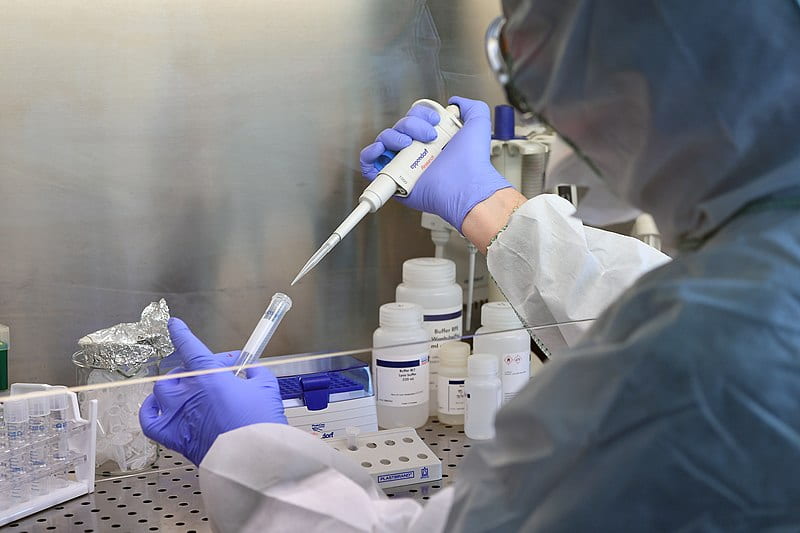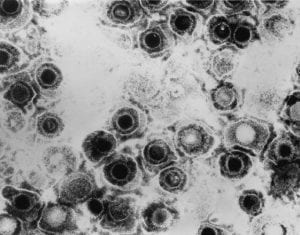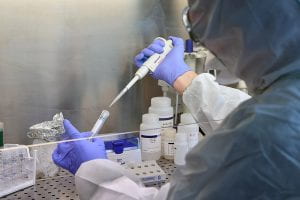So first, what even are viral diseases and how can they affect your health? Well, some common viral diseases include HIV, herpesvirus, COVID-19, or even the common cold. Any disease classified under viral can enter your body through breathing air, touching something with viruses on it, intercourse, close contact, or getting bitten by a bug “such as a mosquito or tick”. Viruses typically infect one type of cell in your body and this is why the “common cold typically infects only cells in your nose, mouth, and throat”.
In a study by PubMed Central (PMC) their goal was to identify the most common errors in diagnosing infectious diseases and their causes using physicians’ reports. In their concluding results, “the most common infectious diseases affected by diagnostic errors were upper respiratory tract infections (URTIs) (n = 69, 14.8%), tuberculosis (TB) (n = 66, 14.1%), pleuro-pulmonary infections (n = 54, 11.6%)”. This data was taken from a sample of 465 patient cases and the researchers concluded that, “a substantial proportion of errors in diagnosing infectious diseases moderately or seriously affect patients’ outcomes”. So when diagnosing viral infectious diseases, steps need to be taken to improve our testing process.
Researchers from the American Chemical Society are looking at using “glow in the dark” proteins to help diagnose viral diseases. Fireflies, anglerfish, and phytoplankton all create a glowing effect using bioluminescence, which is caused by a chemical reaction involving luciferase protein. This protein has been used in sensors for point-of-care testing, but lacks the high sensitivity needed for clinical diagnostic tests. Researchers wanted to combine CRISPR-related proteins with a bioluminescence technique to improve sensitivity. They developed a new technique called LUNAS, which uses recombinase polymerase amplification (RPA) to amplify RNA or DNA samples. Two CRISPR/Cas9 proteins bind to targeted nucleic acid sequences and form the complete luciferase protein, causing blue light to shine in the presence of a chemical substrate. This new technique successfully detected SARS-CoV-2 RNA in clinical samples within “20 minutes, even at low concentrations“. The researchers believe this technique could be used to detect many other viruses effectively and easily.
In relation to AP Biology, we have learned about the process of gene expression where RNA and proteins are produced due to a specific gene being activated. The regulation of gene expression conserves energy and allows organisms to turn on and off genes only when they are required. The CRISPR (Clustered Regularly Interspaced Short Palindromic Repeats) gene which are found in prokaryotes cut DNA phages and plasmids to prevent damage to the prokaryote itself. It is used as a rudimentary immune response system. The CRISPR can be associated with other proteins to create an associated complex which allows for the excision and insertion of genes along the length of the genome. Using this process, viral diseases can be identified when combined with the bioluminescence mentioned above.
Looking into the future, researchers are searching for ways to apply CRISPR proteins to detect a greater range of viral diseases so that all patients can get the proper care that they need.




Leave a Reply